HDMI cables are essential for connecting various devices and enjoying high-quality audiovisual experiences. Whether you want to watch a movie on your TV, play a game on your console, or stream a show on your media player, you need a reliable HDMI cable to transmit the video and audio signals. However, like any other cable, HDMI cables can wear out over time and cause device problems. These problems can range from minor annoyances, such as flickering dots or sound loss, to major issues, such as no picture or complete signal loss. Therefore, it is important to recognize the signs that indicate when you need to replace your HDMI cables and how to do it properly. In this article, we will examine the value and lifespan of HDMI cables, the signs that show you need to replace them, the benefits of doing so, and how to choose and maintain your new HDMI cables. By following these tips, you can ensure that your HDMI cables deliver the best performance and quality for your entertainment needs.

Importance and Lifespan of HDMI Cables
Role of HDMI Cables
HDMI stands for High-Definition Multimedia Interface, a standard for transmitting uncompressed digital audio and video signals between compatible devices. HDMI cables can connect devices such as TVs, monitors, laptops, gaming consoles, streaming devices, soundbars, and more. They can deliver high-definition images and sound and support features such as 3D, HDR, and ARC. HDMI cables can also carry data and power, making them more versatile and convenient than other types of cables.

Overview of Cable Lifespan
HDMI cables are designed to last for a long time, but they are not indestructible. The lifespan of an HDMI cable depends on various factors, such as the quality of the cable, the frequency of use, the environmental conditions, and the handling and storage of the cable. Generally speaking, a good quality HDMI cable can last up to 10 years or more, but a poor or damaged cable can fail much sooner. Therefore, it is important to check your HDMI cables regularly and look for signs of deterioration or malfunction.

Signs It’s Time to Replace HDMI Cables
Sign One: Decreased Image or Sound Quality
One of the most obvious signs that you need to replace your HDMI cable is when you notice a decrease in your device's image or sound quality. For example, you may see flickering images, color distortion, pixelation, or blurriness on your screen. Or, you may hear intermittent sound, static noise, or no sound at all from your speakers. These problems can be generated by a faulty or worn-out HDMI cable that cannot transmit the signals properly. If you experience these problems, you should try swapping your HDMI cable with another one and see if the quality improves. If it does, then you know that your HDMI cable is the culprit, and you need to replace it.

Sign Two: Physical Damage
Another sign that you need to replace your HDMI cable is when you see physical damage on the cable itself. For example, you may notice cracks, breaks, cuts, or frays on the cable’s insulation or connectors. These damages can expose the internal wires and make them vulnerable to corrosion, short circuits, or interference. Physical damage can also affect the fit and stability of the HDMI cable, making it loose or wobbly. If you see any physical damage on your HDMI cable, you should replace it as soon as possible to avoid further problems or hazards.

Sign Three: Unstable Connection
A third sign that you need to replace your HDMI cable is when you experience an unstable connection between your devices. For instance, you may encounter frequent signal loss, dropouts, or interruptions while using your device. You may also see error messages such as "no signal" or "unsupported format" on your screen. These issues can indicate that your HDMI cable is not able to maintain a consistent and reliable connection due to wear and tear, damage, or incompatibility. If you face these issues, you should try reconnecting your HDMI cable or using a different port to see if the connection improves. If not, then you may need to replace your HDMI cable with a new one.

Sign Four: No Sound
A fourth sign that you need to replace your HDMI cable is when you hear no sound from your device. This can happen when your HDMI cable is not able to carry the audio signal from the source device to the destination device. This can be due to a faulty or damaged HDMI cable or a mismatch between your devices' audio formats or settings. For example, if your source device is outputting Dolby Digital audio, but your destination device does not support it, you may not hear any sound. If you encounter this issue, you should check the audio settings of your devices and make sure they are compatible. You should also try using another HDMI cable to see if the sound works. If not, then you may need to replace your HDMI cable with a new one.
Sign Five: Compatibility Issues
A fifth sign that you need to replace your HDMI cable is when you face compatibility issues with your devices. This can happen when your HDMI cable cannot support your devices' features or specifications. For example, if you have a 4K TV and a 4K Blu-ray player, but your HDMI cable is not able to handle the 4K resolution, you may not see the full picture quality on your screen. Or, if you have a device that supports HDMI 2.1, but your HDMI cable is only HDMI 1.4, you may not be able to use features such as variable refresh rate, dynamic HDR, or eARC. If you face these issues, you should check the specifications of your HDMI cable and your devices and make sure they are compatible. You should also try using a newer or higher-quality HDMI cable and see if the issues are resolved. If not, then you may need to replace your HDMI cable with a new one.

Sign Six: Outdated Specifications
A sixth sign that you need to replace your HDMI cable is when your HDMI cable has outdated specifications. This can happen when your HDMI cable is too old or low-quality to keep up with the latest technology standards and innovations. For example, if your HDMI cable is HDMI 1.0, released in 2002, it may not be able to support features such as 3D, HDR, or ARC, which are common in modern devices. Or, if your HDMI cable is HDMI 2.0, which was released in 2013, it may not be able to support features such as 8K resolution, 120Hz refresh rate, or eARC, which are available in newer devices. If you have an outdated HDMI cable, you may be missing out on your devices' best performance and functionality. Therefore, you may want to replace your HDMI cable with a newer or higher-quality one that can support the latest features and specifications.

Benefits of Replacing HDMI Cables
Performance Enhancement
One of the main benefits of replacing your HDMI cables is that you can enhance the performance of your devices and enjoy better audiovisual experiences. By using new HDMI cables, you can ensure that the signals are transmitted clearly and accurately without any loss or interference. This can result in improved image and sound quality and smoother and more stable operation. For example, you can see sharper and more vivid images, hear clearer and more immersive sound, and avoid lag or stuttering while gaming or streaming. By replacing your HDMI cables, you can optimize the performance of your devices and get the most out of them.

Support for New Technologies
Another benefit of replacing your HDMI cables is that you can support the new technologies available in the market. Using new HDMI cables lets you access the latest features and specifications that enhance your audiovisual experiences. For example, you can use AOC Active Optical HDMI 2.1 Cable 8K 60Hz 48Gbps HDR, and enhanced audio return channel. These features can provide you with more realistic and immersive images and sound and more responsive and adaptive gameplay. By replacing your HDMI cables, you can keep up with the new technologies and enjoy the best audiovisual experiences possible.

Choosing the Right HDMI Cables
Understanding Specifications
When choosing the right HDMI cables, one of the most important factors to consider is the specifications of the cables. HDMI cables arrive in different versions, such as HDMI 1.4, HDMI 2.0, and HDMI 2.1. Each version has different capabilities and features, such as bandwidth, resolution, refresh rate, color depth, and audio formats. Therefore, you need to understand the specifications of the HDMI cables and match them with the specifications of your devices. For example, if you have a 4K TV and a 4K Blu-ray player, you need an HDMI cable supporting 4K resolution, such as HDMI 2.0 or higher. Or, if you have a device that supports High Speed 8K Ultra Thin HDMI 2.1 Cable For PS5, you need an HDMI cable that can support HDMI 2.1, such as Ultra High-Speed HDMI Cable. By understanding the specifications of the HDMI cables, you can choose the right one for your devices and ensure compatibility and performance.

Brand and Price
Another factor to consider when choosing the right HDMI cables is the brand and price of the cables. HDMI cables come in different brands and prices, ranging from cheap and generic to expensive and premium. However, the brand and price of the HDMI cables do not necessarily reflect the quality or performance of the cables. In fact, as long as the HDMI cables meet the specifications and standards of the HDMI Licensing Administrator, they should work fine with your devices. Therefore, you do not need to spend much money buying the most expensive or branded HDMI cables. Instead, you should look for HDMI cables with good reviews, ratings, and customer feedback and offering a warranty, guarantee, or return policy. You can save money and get the best quality by choosing the right brand and price for the HDMI cables.
Our Top Recommendation for HDMI Cable
When it comes to connecting your high-definition devices, the quality of your HDMI cable can significantly impact your viewing experience. That’s why our top recommendation is Cabletimetech. Known for their reliable performance and excellent customer reviews, Cabletimetech HDMI cables stand out in the market.
Best Products of Cabletimetech
- 8K HDMI 2.1 Cable 48Gbps Braided
- AOC Active Optical HDMI 2.1 Cable 8K 60Hz 48Gbps HDR
- High Speed 8K Ultra Thin HDMI 2.1 Cable For PS5
- Gold Plated HDMI 2.0 Cable 4k 60hz For PS4 TV
- High Speed 8K HDMI Cable 48Gbps For Projector PS3 Xbox
- Mini DP To HDMI Cable 4K 30Hz With LED Indicator Light
- Active Fiber Optical HDMI 2.0 Cable(AOC) 4K 60Hz
- Thin 4K 2.0 HDMI Cord For PS4 TV Projector
Replacement and Maintenance Suggestions
Replacement Steps
Replacing your HDMI cables is not a challenging task, but you must follow some steps to do it safely and correctly. Here are the steps that you can follow to replace your HDMI cables:
- Turn off and unplug your devices from the power source and the HDMI cable.
- Remove the old HDMI cable from the devices and dispose of it properly.
- Check the ports and connectors of your devices and the new HDMI cable, and make sure they are clean and undamaged.
- Plug the new HDMI cable into the devices and make sure they are securely and firmly connected.
- Turn on and plug in your devices and test the image, sound quality, and functionality of the features.
- If everything works fine, you have successfully substituted your HDMI cable. If not, you may need to troubleshoot the problem or contact the manufacturer or seller of the cable or the devices.
Maintenance Tips
Maintaining your HDMI cables is also important to extend their lifespan and prevent problems. Here are some tips that you can follow to maintain your HDMI cables:
- Avoid bending, twisting, or stretching your HDMI cables, as this can damage the internal wires and connectors.
- Avoid exposing your HDMI cables to extreme temperatures, humidity, or sunlight, as this can cause corrosion, cracking, or fading of the cable.
- Avoid placing heavy objects on your HDMI cables or pulling them too hard, as this can cause breakage or disconnection of the cable.
- Avoid using your HDMI cables near sources of interference, such as magnets, electric appliances, or wireless devices, as this can affect the signal quality and performance of the cable.
- Clean your HDMI cables regularly with a soft cloth and a mild cleaner, and remove any dust or dirt from the ports and connectors.
- Store your HDMI cables properly when not in use, such as coiling them loosely and keeping them in a dry and cool place.
Conclusion
HDMI cables are essential for connecting your devices and enjoying high-quality audiovisual experiences. They allow you to transmit high-definition video and audio signals from one device to another, such as from a laptop to a TV or from a gaming console to a monitor. However, HDMI cables can wear out over time and cause problems with your devices. You need to select the HDMI cables that match the resolution, bandwidth, and features of your devices. You also need to maintain your HDMI cables well by keeping them away from heat, moisture, dust, and sharp objects, unplugging them gently, and storing them properly when not in use. By doing so, you can optimize the performance and functionality of your devices and get the most out of them. HDMI cables are an important part of your audiovisual setup, and by following these tips, you can ensure that they last longer and work better.
Don’t let a faulty cable put a pause on your high-definition experience! If you’re noticing any of these 5 signs, it’s time for an upgrade. Click here to find the perfect HDMI cable at Cabletimetech and ensure uninterrupted, crystal-clear entertainment. Act now and experience the difference!
People Also Ask
What is the lifespan of an HDMI cable?
The lifespan of an HDMI cable depends on various factors, such as the quality of the cable, the frequency of use, the environmental conditions, and the handling and storage of the cable. Generally speaking, a good quality HDMI cable can last for up to 10 years or more, but a poor quality or damaged cable can fail much sooner.
Is there a way to test HDMI cables?
There is no definitive way to test HDMI cables, but you can try some methods to check the quality and performance of the cables. For example, you can swap your HDMI cable with another one and see if the image and sound quality improve or worsen. You can also use a device that can measure the bandwidth, resolution, refresh rate, and other specifications of the HDMI cable, such as an HDMI analyzer or tester.
Why does my TV say no signal when HDMI is plugged in?
There are several possible reasons why your TV says no signal when HDMI is plugged in. Some of the common reasons are:
- The HDMI cable is faulty or damaged and cannot transmit the signal properly.
- The HDMI port or connector of the TV or the source device is faulty or damaged and cannot receive or send the signal properly.
- The HDMI cable is not compatible with the TV or the source device and cannot support the features or specifications of the devices.
- The HDMI cable is not securely or firmly connected to the TV or the source device, causing a loose or unstable connection.
- The TV or the source device is not set to the valid input or output mode and cannot recognize the HDMI signal.
To fix this problem, you can test some solutions, such as:
- Replace the HDMI cable with a new or different one and see if the signal works.
- Check the HDMI port or connector of the TV or the source device and make sure they are clean and undamaged.
- Check the HDMI cable and the TV or the source device and make sure they are compatible and support the same features and specifications.
- Check the HDMI cable and the TV or the source device and make sure they are securely and firmly connected.
- Check the TV or the source device and make sure they are set to the correct input or output mode and recognize the HDMI signal.
Do better HDMI cables make a difference?
Better HDMI cables do not necessarily make a distinction in terms of image and sound quality as long as the HDMI cables meet the specifications and standards of the HDMI Licensing Administrator. However, better HDMI cables may make a difference in terms of durability, reliability, and compatibility. For example, better HDMI cables may last longer, perform more consistently, and support more features and specifications than lower-quality HDMI cables. Therefore, investing in better HDMI cables may be worth if you want to avoid problems or enjoy the best audiovisual experiences possible.

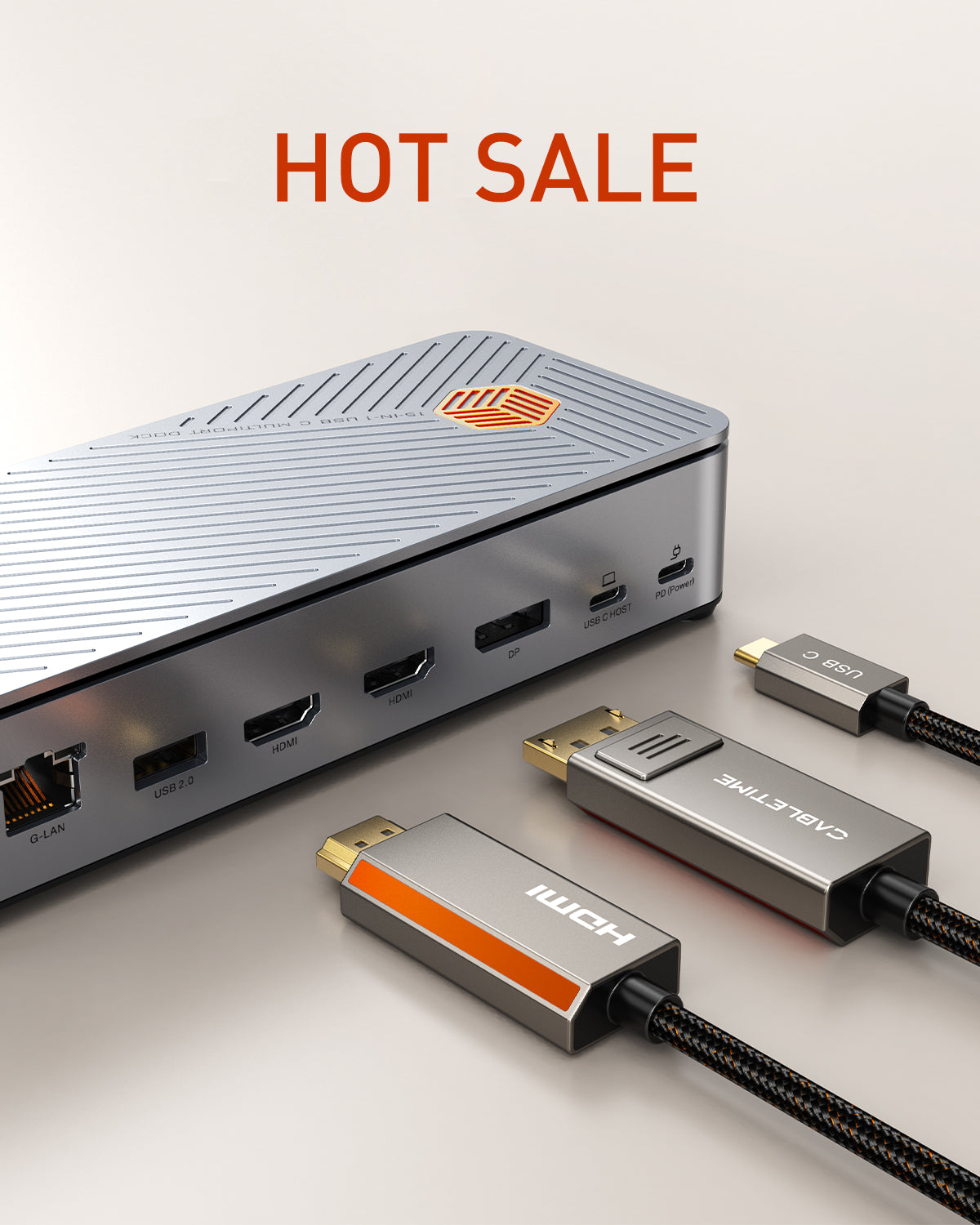
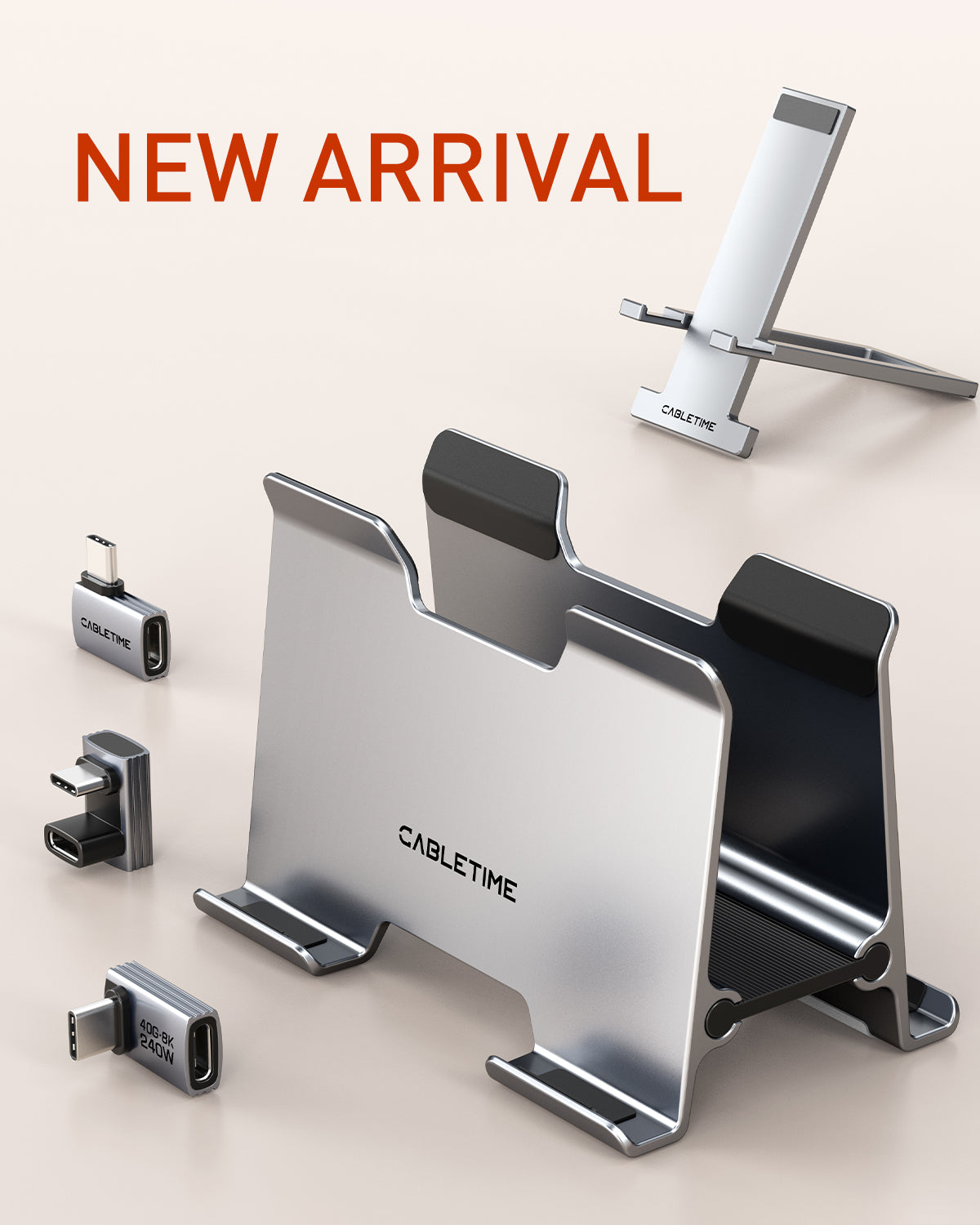
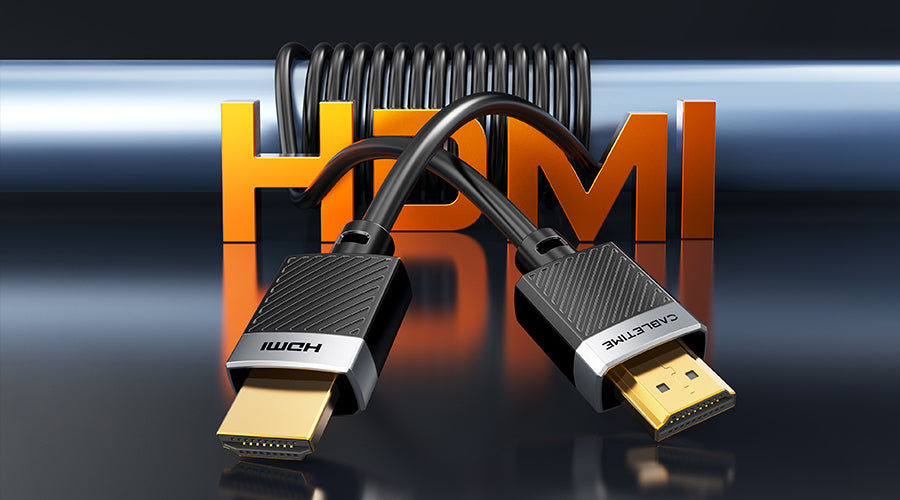
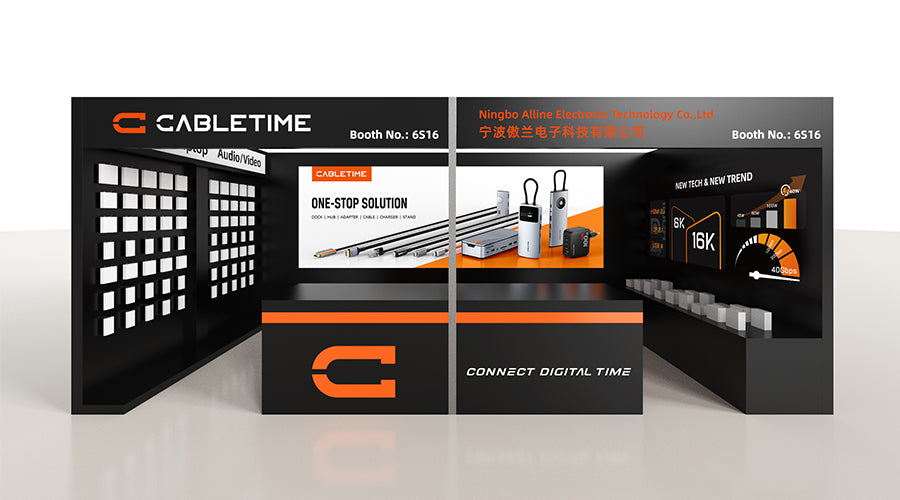
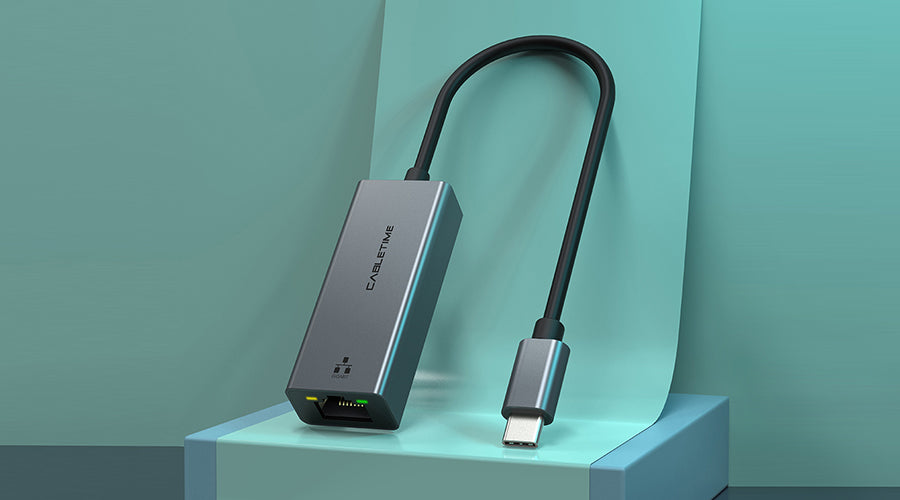
1 comment
Wael Rahman
H.welcome
Leave a comment
This site is protected by hCaptcha and the hCaptcha Privacy Policy and Terms of Service apply.